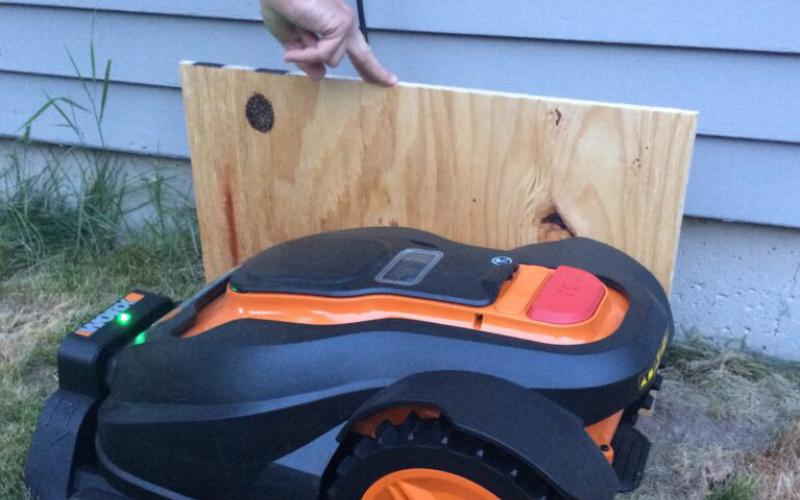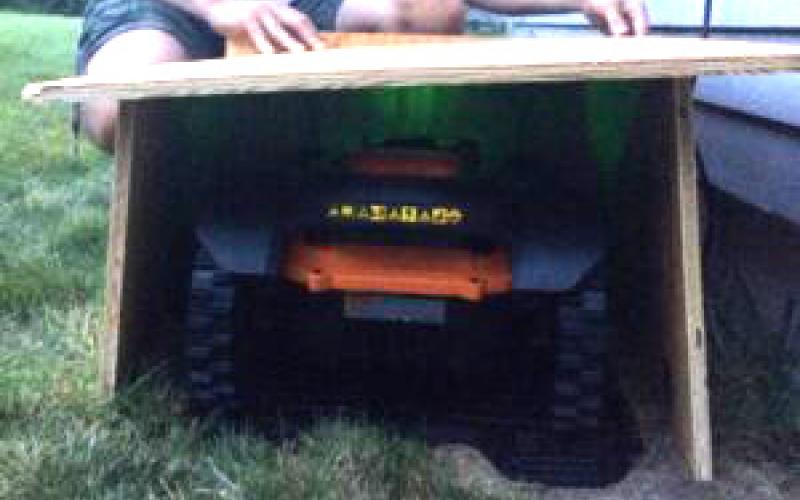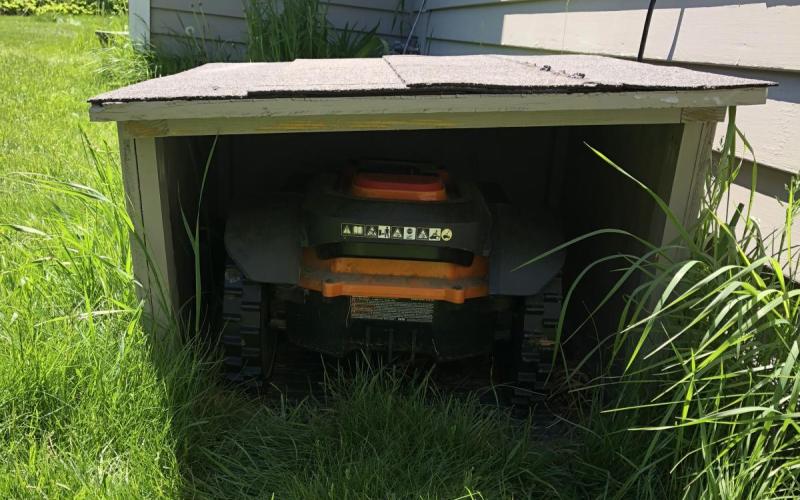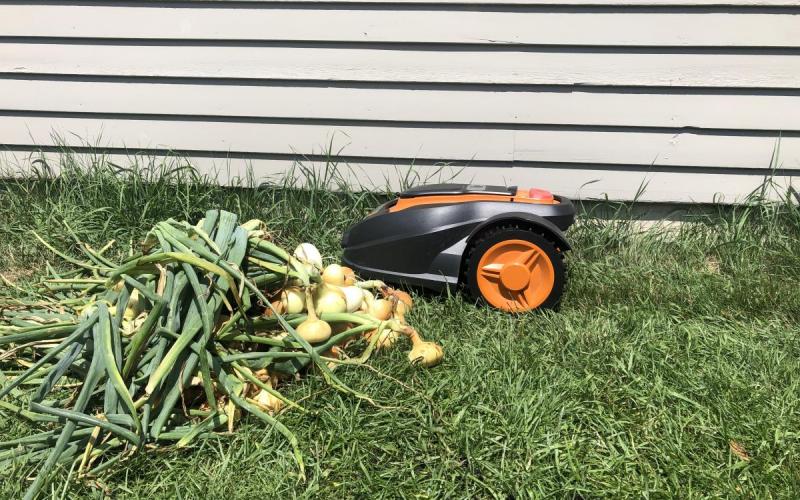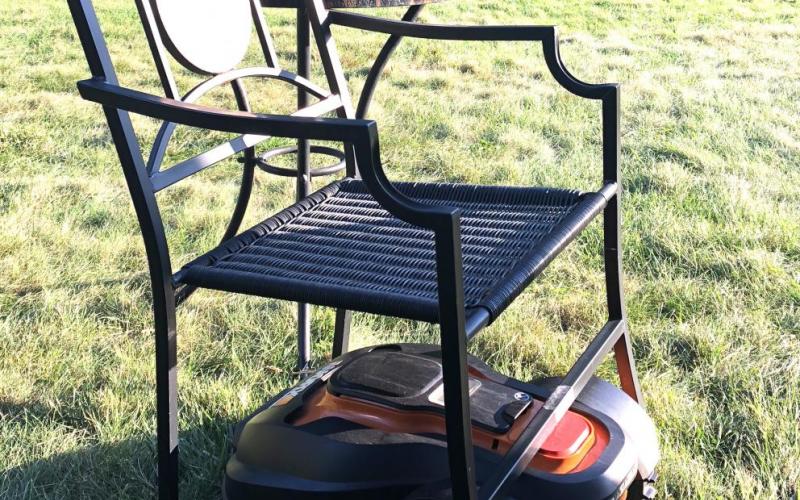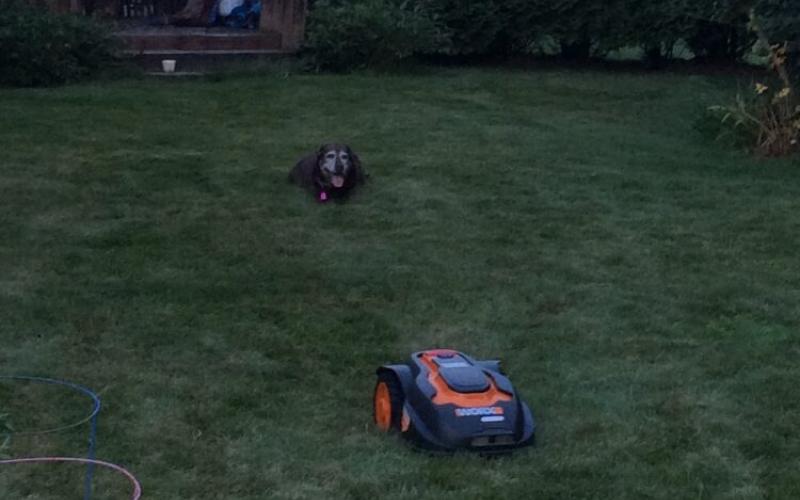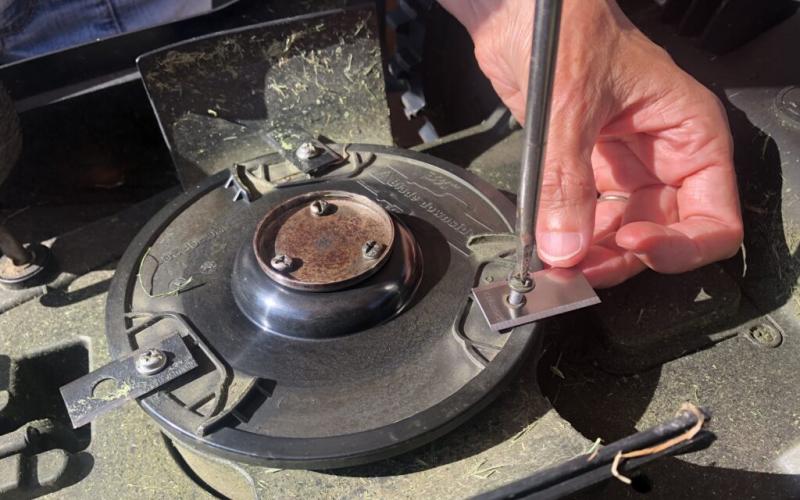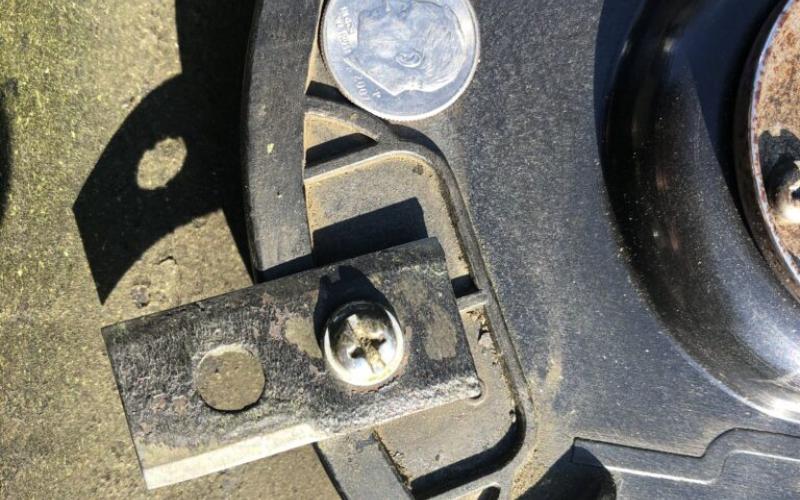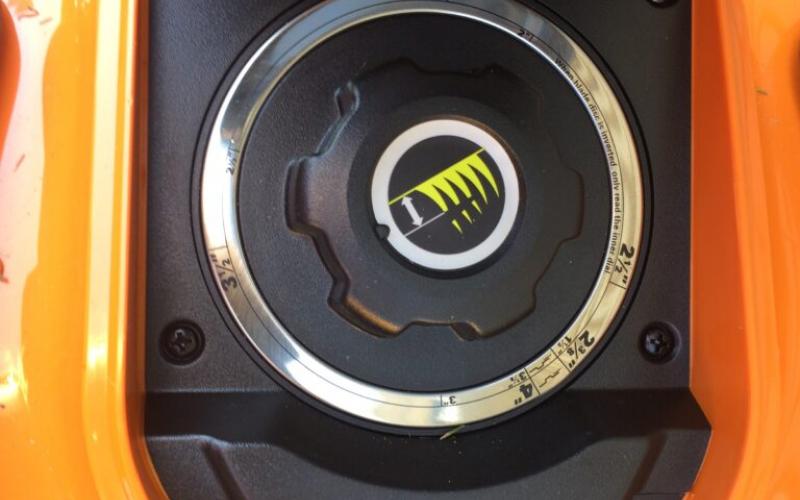As COVID-19 continues to force radical changes to the education system, harsh bottom lines in the tourism industry, and unsettling uncertainty in our food supply chain in the Lake Champlain basin, Lake Champlain Sea Grant continues to rapidly adapt community activities in education, tourism, and aquaculture in Vermont and northern New York.
Place-based education at home and on the water
Sea Grant educators pivoted to virtual learning in twice-weekly, one-hour online watershed education sessions from March through June. Hundreds of kids, parents, and educators tuned in to the Zoom-a-Webinar series to learn from experts about topics ranging from trout to sturgeon, road salt to phosphorus, and cartography to environmental law. Experts covered the context, the science, and their own career paths. Students and teachers continue to access the recordings.
In August, Lake Champlain Sea Grant will launch the self-paced Watershed Explorer Challenge program online and in print, thanks to new funding from the National Oceanographic and Atmospheric Administration (NOAA) and a partnership with libraries in Vermont and nearby New York communities underserved by wireless communication services. By participating in the Watershed Explorer Challenge, students will conduct many of the same ecological investigations they would in the classroom and on-water.
For the first time this summer, Lake Champlain Sea Grant is providing scholarships for low-income students to participate in summer watershed education programs at the Community Sailing Center in Burlington and the Lake Champlain Maritime Museum in Vergennes.
“Our goal is to increase all students’ awareness and knowledge of watershed issues," said Ashley Eaton, Watershed and Lake Education Coordinator for Lake Champlain Sea Grant and University of Vermont Extension. We engage with all communities, independent of their access to resources or the speed of their internet connections. COVID-19 hasn’t changed that.”
COVID-smart tourism
Sustaining the coastal tourism industry during a pandemic is a tall order. Businesses must adopt new operating procedures to protect both people and the coastal resources on which they depend. And tourists must practice safe social distancing and follow stringent hygiene practices while minimizing impacts to water quality and infrastructure. For example, disinfectant wipes clogged scores of septic and municipal water systems in March and April, until a communications campaign reminded people to put disinfectant wipes in the trash.
COVID-smart reminders, including about proper disposal of disinfectant wipes, are in each of the 25,000 business guides published by the Lake Champlain Islands Economic Development Corporation this year, for the first time in partnership with Lake Champlain Sea Grant. And a Lake Champlain Islands COVID-smart photo contest aims to further that message. Enter the contest by sending a photo showing “COVID-smartness” on the islands to info [at] lakechamplain.com or posting on Facebook at https://www.facebook.com/LCIEDC.
COVID closed marinas’ doors and docks for months. Recently opened, 27 marinas on Lake Champlain and Lake George sport new safety signs and rack cards describing local guidelines for health and safety on the docks, in marina stores, at the fuel pumps, at pump-out facilities, and in restrooms. The information is available both in English and French, though boaters from Quebec are not yet allowed to travel to the United States.
“We are counting on local tourism this year,” said Sherri Potvin, Director of the Lake Champlain Islands Economic Development Corporation. “Everyone wants to do the right thing, for their health, others’ health, and the environment. Sharing information is more important than ever.”
Halted interstate transport raises demand for local food, including fish
Since the beginning of the pandemic, food insecurity has risen by as much as 33% within areas of the Lake Champlain basin, and a record number of households have sought food assistance through public programs in recent weeks. The COVID-19 pandemic has shown the importance of local food production to ensure access to food, reduce dependence on highly variable supply chains, and sustain and stimulate local economies.
Fish is seldom found on a locavore plate in and around Lake Champlain, as there is no commercial fishing and just 10 aquaculture businesses known to be operating in the basin. But new technologies in aquaculture and training for entrepreneurs may change that.
Lake Champlain Sea Grant aims to increase communities’ access to local food through aquaculture network development, business advising and development, and training, with a focus on new technologies for cost-efficient and environmentally sustainable production. The program will begin this fall. Entrepreneurs interested in aquaculture should write seagrant [at] uvm.edu for more information.
